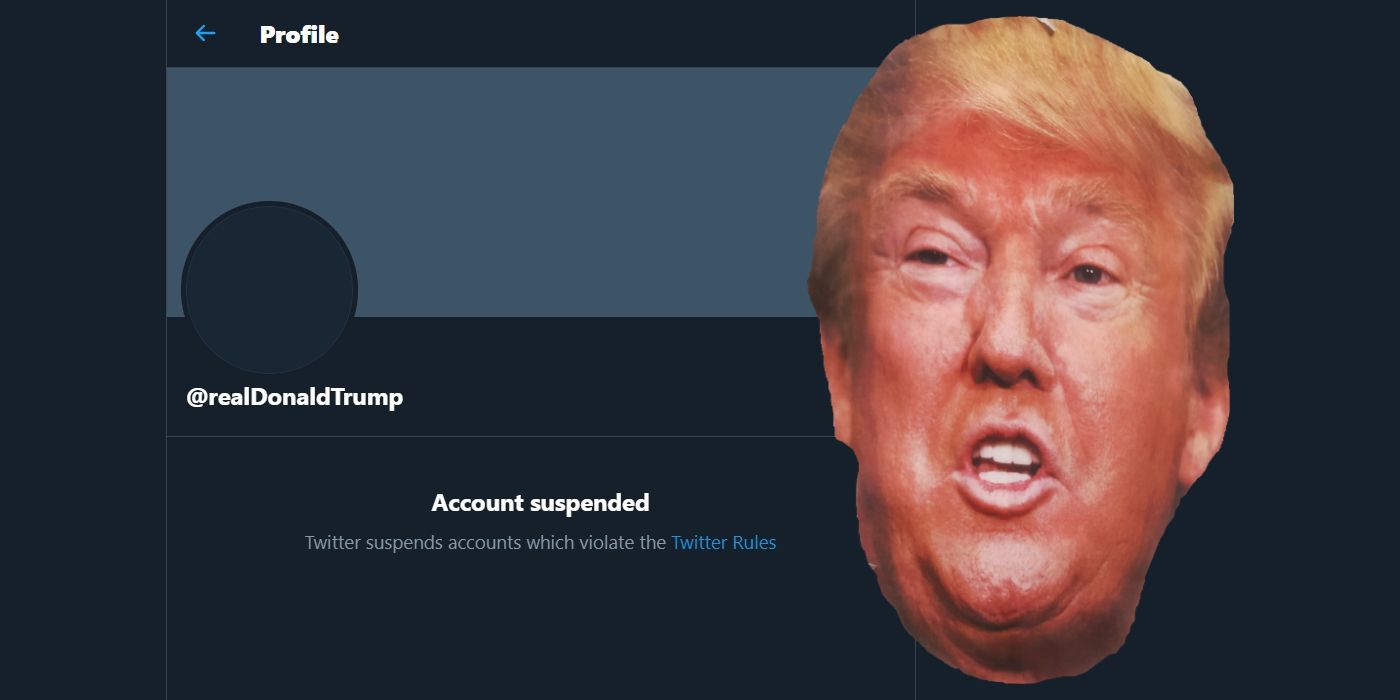A new study suggests that the spread of misinformation regarding fraud in the 2020 U.S. presidential election dropped by 73 percent in the week following Donald Trump’s ban from Twitter on January 8. Trump was banned after he repeatedly violated the social media platform’s rules and guidelines. The question is, was Trump’s exile the main reason for the massive drop in falsehoods online?
Trump’s ban followed the January 6 Capitol Hill riot, with Twitter citing its ‘Glorification of Violence’ policy as justification for its permanent suspension of the then-commander-in-chief. Along with the Twitter ban, Trump was also banished from several other popular social media platforms, including Facebook, Instagram, Snapchat, and others. Trump might have been able to move to the controversial platform Parler, but it went offline itself after Amazon Web Services suspended it.
Since Trump was essentially erased from the internet, The Washington Post has reported on the findings of research firm Zignal Labs, which claims that conversations concerning election fraud dropped from 2.5 million mentions to 688,000 mentions over a week’s time. Zignal also reportedly found that mentions of the hashtag #FightforTrump dropped 95 percent, as did other hashtags like #HoldTheLine and the term “March for Trump.” While there is surely a correlation between these findings and Trump’s ban, however, the former President’s ban from social media likely isn’t the only reason that misinformation has dropped so significantly.
The Full Story Behind Zignal Labs’ Social Media Study

While it may be easy to point to Trump’s ban as the cause for the steep decline in misinformation, it’s most likely not that simple. For one, Trump’s account wasn’t the only one to be banned. According to The Washington Post, Twitter banned more than 70,000 accounts that were affiliated with QAnon, with other platforms following suit in what amounted to a huge purge of accounts that violated community guidelines and standards. The aftermath of the January 6 riot, including the eventual certification of the presidential election, also may have contributed to the decrease in the spread of falsehoods online.
Ultimately, though, the study could be seen as too small of a sample size to fully understand the impact of banning Trump from various social media platforms. A long-term examination of misinformation across social media will most likely provide a better picture of the kind of role that Trump played online. It’s not a question of whether or not Trump contributed to the spread of falsehoods. Rather, it’s a question of how much his presence online caused. A week’s worth of statistics, while notable, doesn’t tell the complete story.





